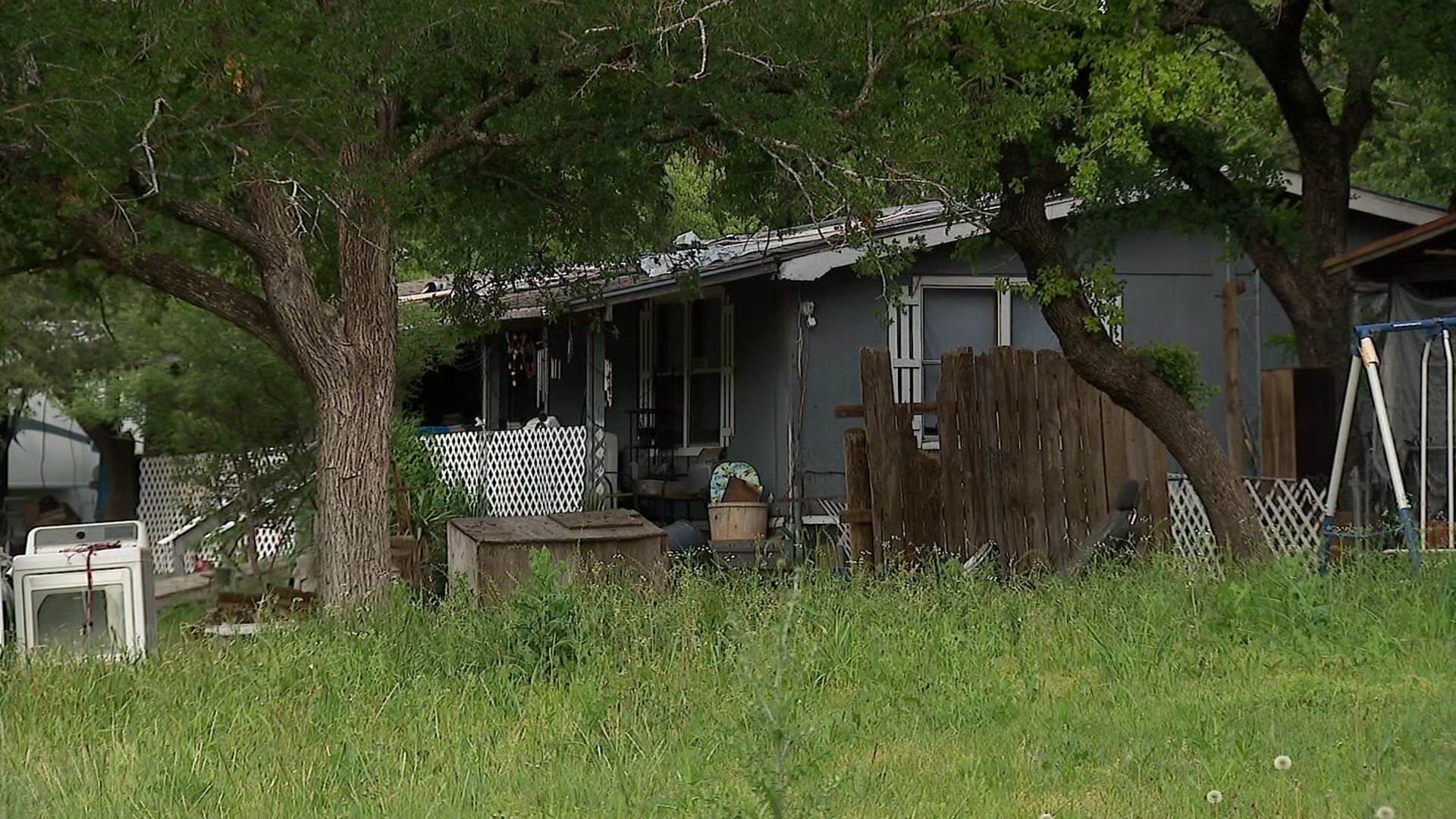The Point-in-Time count, which helps communities understand the extent of homelessness, is set to take place Thursday in parts of North Texas. NBC 5’s Alanna Quillen has the details.
North Texas is taking critical steps to address homelessness, with volunteers hitting the streets tonight for the annual "Point-in-Time" Count.
The federal government mandates this census in the last 10 days of January to help assess the scale of homelessness across the nation.
Watch NBC 5 free wherever you are
Volunteers in Tarrant, Parker, and Denton counties will conduct their count on Thursday night.
Meanwhile, Dallas and Collin counties postponed their count to next Thursday, Jan. 30, due to this week’s cold snap.
Get top local stories delivered to you every morning with NBC DFW's News Headlines newsletter.
The cold weather often means that individuals experiencing homelessness are more likely to seek shelter, making it easier for volunteers to find and count them in January. However, volunteers will still need to identify those in less visible areas like cars and parking lots to ensure everyone is accounted for.
The PIT Count plays a crucial role in helping local nonprofits secure federal funding and grants. These resources are essential for organizations like Partnership Home, which is leading the count in the Tarrant County area. The group, formerly known as the Tarrant County Homeless Coalition, recently changed its name but has been the lead agency in addressing homelessness in the Tarrant County area for decades.
Local
The latest news from around North Texas.
Lauren King, Executive Director of Partnership Home, highlighted the importance of early intervention.
"One of the biggest ways you can address homelessness is by preventing people from losing their housing in the first place,” she said. “So really looking at our community to figure out what that tipping point is for people, and can we figure out how we can go upstream and do some interventions.”
In Tarrant County, King said the homeless population dropped significantly during the COVID-19 pandemic due to increased federal aid. However, post-pandemic inflation and the housing crisis have pushed those numbers back up.
In the last count a year ago, King said numbers seemed to be trending down, with some positives in the work they’ve been doing in the past two years.
Click here to see the 2024 PIT count data for Tarrant County.
“One thing that we're really proud of last year is that we saw a 33% decrease in families experiencing homelessness. In 2024, we really aimed a lot of our resources at families and ensuring that children specifically were not experiencing homelessness for a long period of time,” she said. “So that's a huge priority for our community both for Partnership Home and all the nonprofit partners that we work with as well.”
Efforts are also focused on veterans and young adults aging out of foster care.
King said chronic homelessness — defined as being homeless for a year or more — accounts for only 20% of Tarrant County's homeless population.
“I will say that's the group that's most visible. That's often what comes to people's minds when they think about homelessness. However, in Tarrant and Parker counties, it's not a large portion of our population,” she said.
Most individuals experiencing homelessness in the region face sudden economic challenges, King explained.
"It could be that they're on a fixed income and their rent has gone up. It could be that they are a single-income household they have a child and they've had an unexpected expense. So I think we have a lot of people who, economically, something happens to them and they experience homelessness for a relatively short period of time. Then they are back in housing and on their way,” she said.
That’s why funding for the wrap-around services that Partnership Home provides is crucial. Therefore, the PIT count needs all the resources it can get.
“It's not one size fits all for us. We very much are trying hard to give people what they need. If someone's working full-time and is just potentially experiencing homelessness so they can save up to get into an apartment again, it’s going to take a while to save up that much money to make that deposit or make those first month's rent,” King said. “We found that if we can take that cost away, they are generally back on their feet again and ready to go and don't need us anymore. That's our goal, to move people out as fast as we can.”
VOLUNTEERS NEEDED
As the Dallas-Fort Worth population grows, the homeless population has not increased at the same rate—a promising sign.
However, resources remain limited, and more volunteers are needed to complete this critical count.
Organizations like Partnership Home and the Denton County Homeless Coalition are calling for community support on Thursday night from 5:30 p.m. to midnight. Police officers will help guide volunteers in key areas and the count can be done through a smartphone app. Training will be provided.
- To sign up to volunteer in Tarrant County, click here.
- To volunteer in Denton County, click here.
- To volunteer for the PIT count in Dallas and Collin counties on Jan. 30, click here.
The final count results, which will guide future funding and initiatives, are expected to be released in May.



